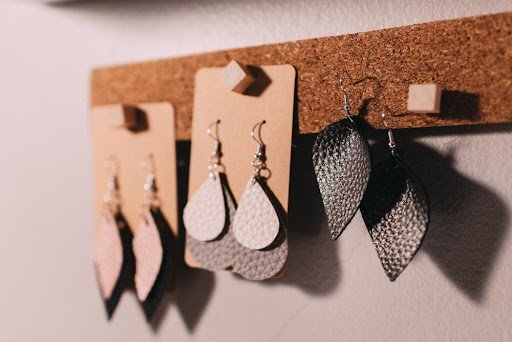If you’re a wholesaler, manufacturer, or creator looking to sell your products online, you need to know the essentials of product sourcing. Here, we cover the basics of product sourcing and how you can make money selling your merchandise. Read on to discover all you need to know!
How to Source Products for Your Online Store

What Is Product Sourcing?
Whether you have your products to sell or find marketable inventory to purchase, product sourcing is something you’ll need to utilize to sell your merchandise.
Simply put, product sourcing is when a company or business obtains stock that they then sell. With the intent to make as much as possible from what they are selling, the product sourcing process includes extensive research to shop for the best prices and supply deals that coincide with whatever they are selling.
What Kind of Sourcing Is Best?
There are different kinds of product sourcing, with the main vectors being marketplaces, trade shows, and wholesalers. Different kinds of product sourcing are not necessarily better than the others, but before starting a business, you need to factor in the advantages and disadvantages of different approaches.
Depending on your approach, you may have more or less control over the quality of the product, be able to obtain increased or decreased customer interest, and have access to an abundance of materials or limited resources.
So, whether you’re sourcing kids sterling silver rings or automotive parts, it’s important to consider the potential pros and cons of each method of product sourcing.
How to Advertise
Once the specifics are handled, it is up to you to decide how you want to advertise your store. Some retailers use logo products, artisan platform services, and their own websites to keep customers coming in.
How to Source Products
The to-dos for getting into product sourcing are as follows:
1. Gather Your Materials
Gather the materials you need to source your products. Attend flea markets, visit second-hand stores, and reach out to the family for supplies you need. Determine the costs of these items and get going.
If you aren’t making your products, you’ll need to hire a wholesaler to partner with you.

2. Establish Your Pricing
The labor put into creating and selling your products will be factored into the cost of materials. You must also include operational costs, including marketing solutions, shipping, etc. Include all these factors into the total price so that your return is sufficient.
3. Determine Your Timeframe
Figuring out how long it will take you to obtain your products is critical to the client’s investment in your business. You’ll need to consider your amount of supply, how stocked you are on materials, and how close your clients are to your location for shipment. Stick to a timeframe that makes sense for these factors.
4. Determine Your Shipping Process
You will need to determine whether you’ll handle shipping products yourself or if you’ll hire a service to help you out. You’ll also want to figure out where you are willing to shop and how much you’ll charge for these services.
5. Set Up Inventory Housing
Even if you run your business from home, this may not be manageable over time. Consider renting an office or opening a storefront to make your business more official and easier to store materials and handle all of your customer orders.
6. Outline Your Policies
State on your website’s terms and conditions page your policies for returns and shipping. Reiterate these terms as often as possible. Keep these messages clear to customers so they know what to expect.
The Bottom Line
Ultimately, product sourcing is one component of running a business. Use the steps in this article to keep your merchandise sourcing up to speed and enjoy your business success!
Leave a Reply